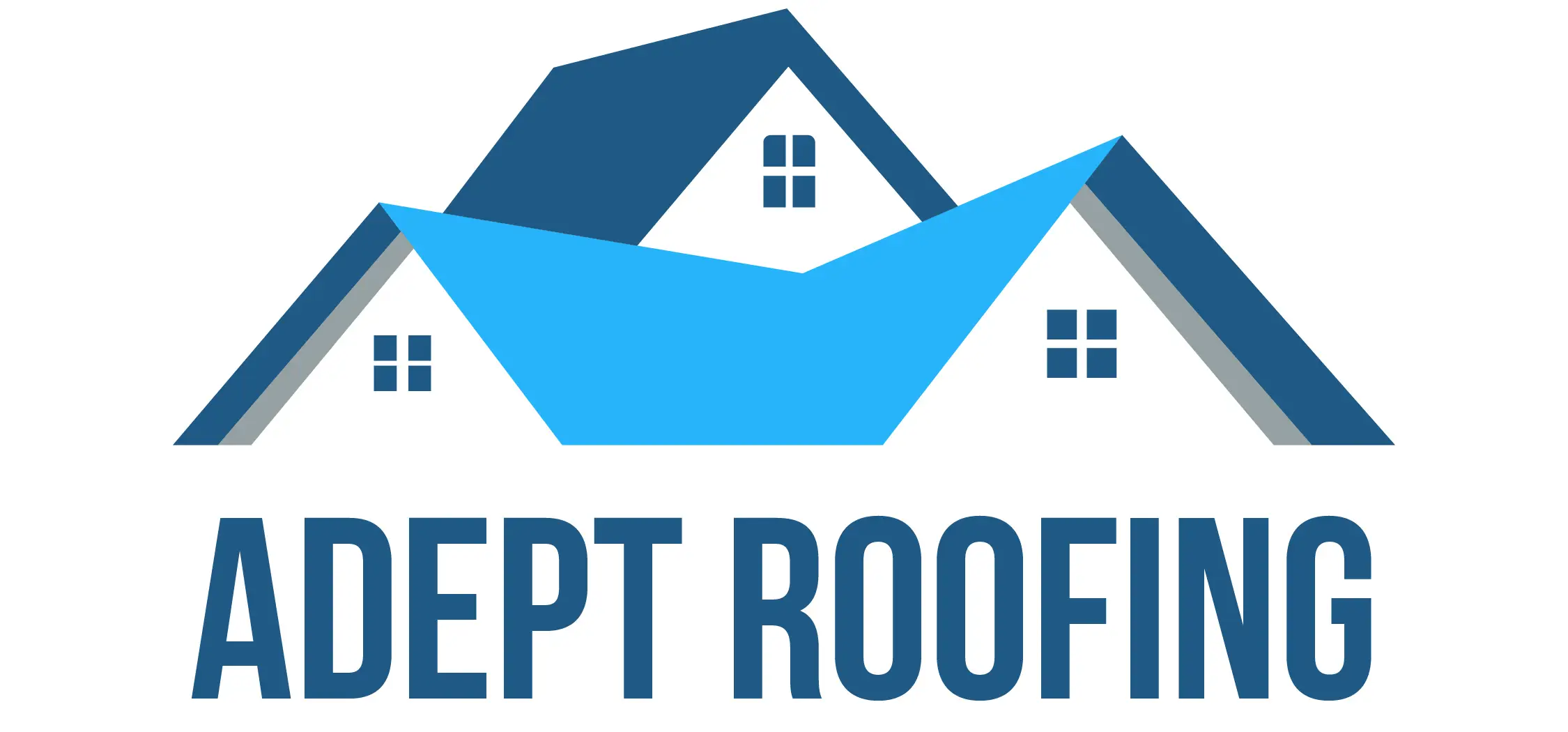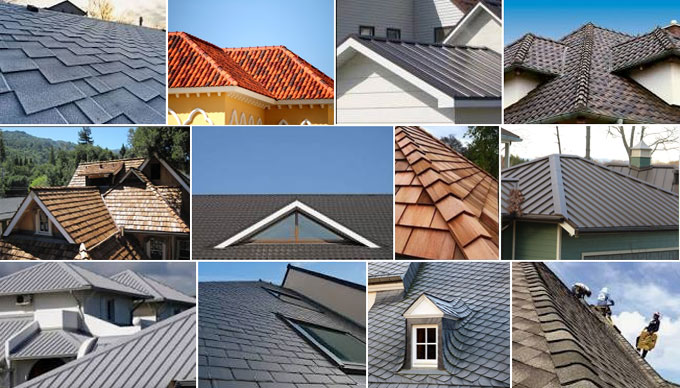Roofing has come a long way from being just a functional covering that shields a property from the elements. In 2025, roofing styles are more versatile, sustainable, and design-oriented than ever before. Homeowners, builders, and architects are increasingly blending traditional aesthetics with modern innovations to create roofs that enhance both curb appeal and energy efficiency.
This guide explores the most popular roofing styles of 2025, their unique features, advantages, and how they are shaping the future of residential and commercial properties.
1. Gable Roofs
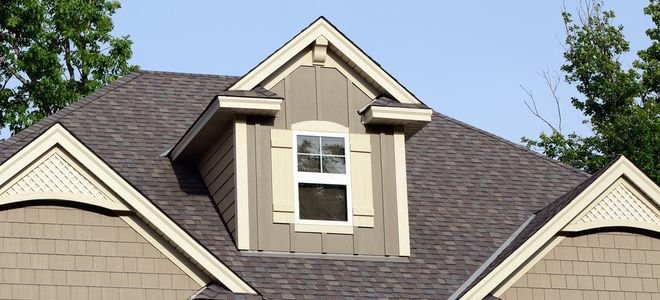
Still one of the most popular roofing styles, gable roofs remain timeless in 2025. Their triangular design is simple yet practical, providing excellent water drainage and snow shedding.
Advantages:
- Cost-effective
- Suitable for many climates
- Offers good attic or loft space
Modern Updates in 2025:
Gable roofs are now being paired with solar shingles and eco-friendly materials to reduce energy bills and carbon footprints.
2. Hip Roofs
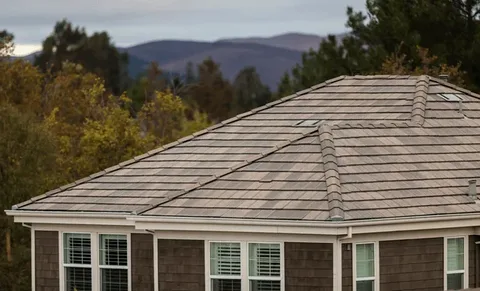
Hip roofs, with slopes on all four sides, are a staple in residential design. Their aerodynamic shape makes them highly durable in storm-prone regions.
Advantages:
- Wind-resistant
- Offers stability and strength
- Great for modern and traditional homes
2025 Trend:
Sustainable composite shingles and cool roofing technology are being used to make hip roofs more energy-efficient.
3. Flat Roofs
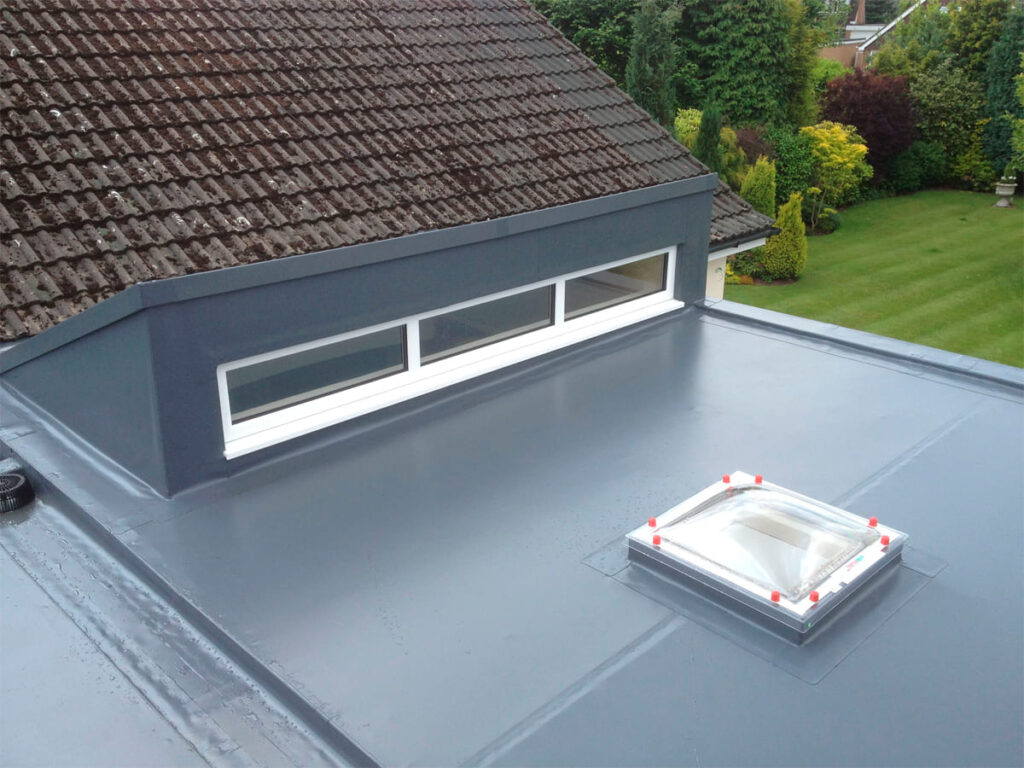
Flat roofs are especially popular in modern and minimalist home designs, as well as commercial buildings.
Advantages:
- Ideal for rooftop gardens or patios
- Allows installation of solar panels
- Clean, contemporary look
2025 Trend:
Green roofs are booming in urban areas. They reduce heat islands, improve air quality, and provide extra outdoor space.
4. Mansard Roofs
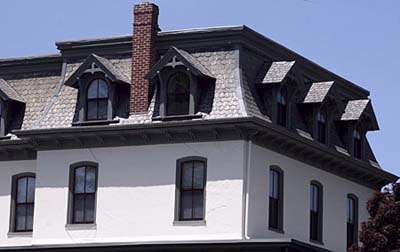
Also known as French roofs, mansard designs feature four slopes with dormer windows for additional living space.
Advantages:
- Adds extra floors or storage space
- Classic European appeal
- Boosts property value
Modern Updates in 2025:
Mansard roofs are now being integrated with smart insulation systems to regulate indoor temperatures more efficiently.
5. Gambrel Roofs
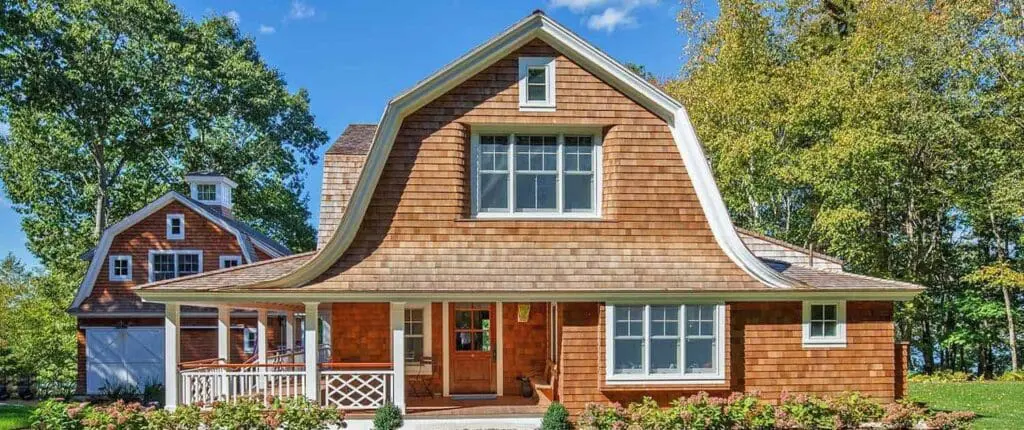
Traditionally seen in barns, gambrel roofs are becoming increasingly popular in residential construction.
Advantages:
- Offers maximum attic space
- Distinctive and charming design
- Cost-effective compared to mansard roofs
2025 Trend:
Homeowners are incorporating recycled roofing materials to make gambrel roofs eco-friendly and affordable.
6. Butterfly Roofs
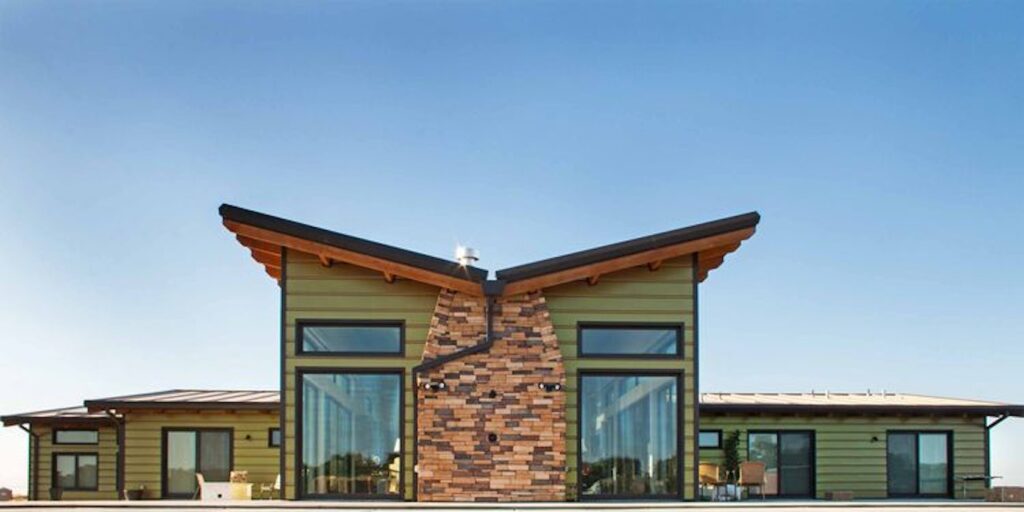
Shaped like a “V,” butterfly roofs have a futuristic appeal that fits perfectly with sustainable living.
Advantages:
- Ideal for rainwater collection
- Supports large solar panels
- Bold architectural style
2025 Trend:
Butterfly roofs are popular in eco-conscious communities where water conservation and energy efficiency are priorities.
7. Shed Roofs
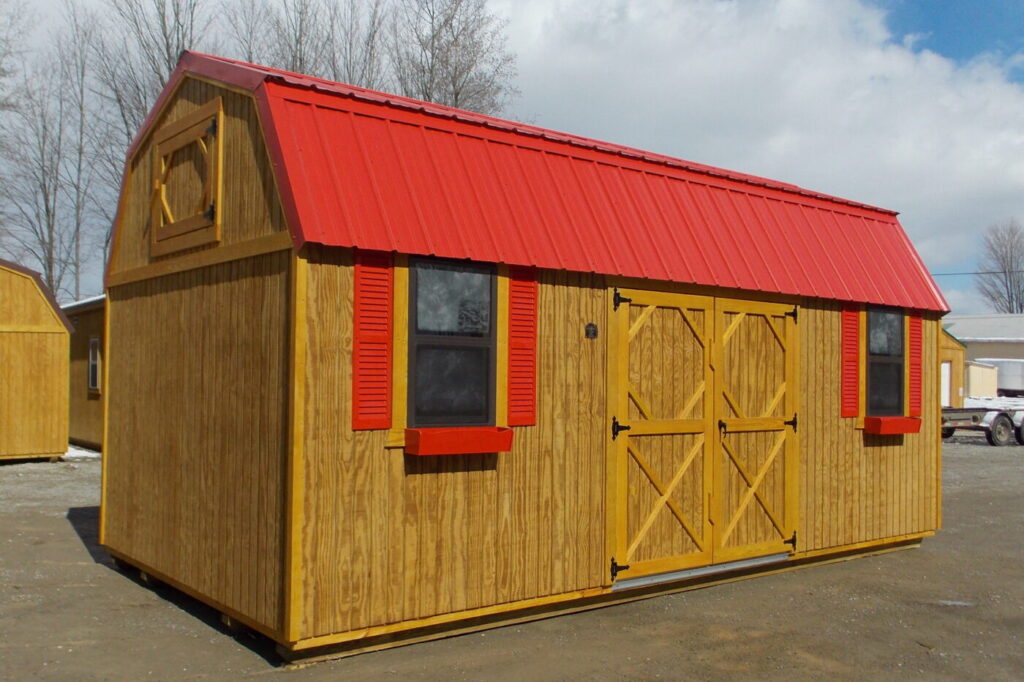
Single-sloped shed roofs are minimalist and modern, commonly seen in small homes and additions.
Advantages:
- Simple design with low construction costs
- Excellent for solar panel installations
- Modern, sleek look
2025 Trend:
Shed roofs with reflective cool-roof coatings are helping homeowners cut down on cooling expenses.
8. Curved Roofs
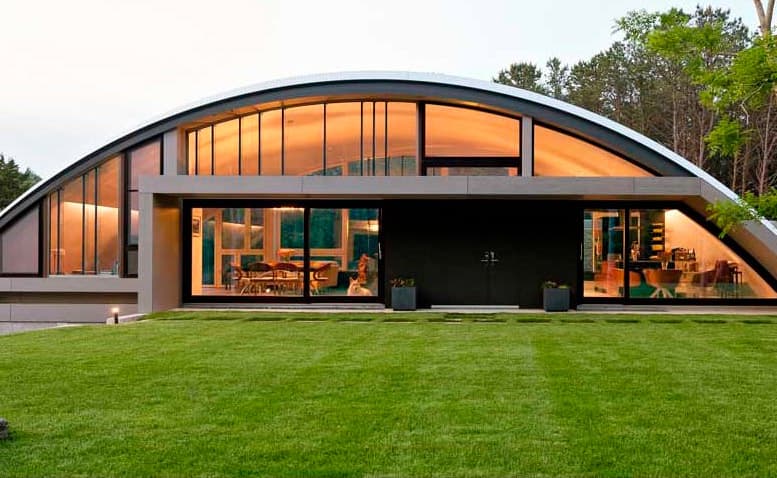
Curved roofing styles are becoming popular in custom architecture, blending aesthetics with innovation.
Advantages:
- Unique and futuristic design
- Improves wind resistance
- Can be customized with modern materials
2025 Trend:
Architects are combining curved roofs with translucent materials for natural daylighting and modern appeal.
9. Domed Roofs
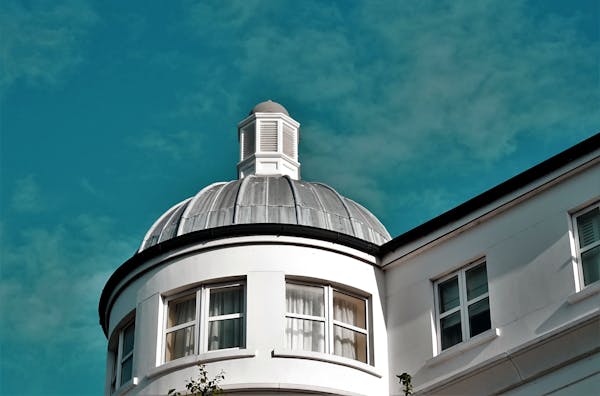
Domed roofs are striking and timeless, often associated with churches and historical buildings. In 2025, they’re being revived for luxury homes and cultural spaces.
Advantages:
- Iconic and unique appearance
- Long-lasting durability
- Energy-efficient due to natural airflow
2025 Trend:
Energy-saving glass domes with solar integration are turning domed roofs into futuristic eco-hubs.
10. Combination Roofs
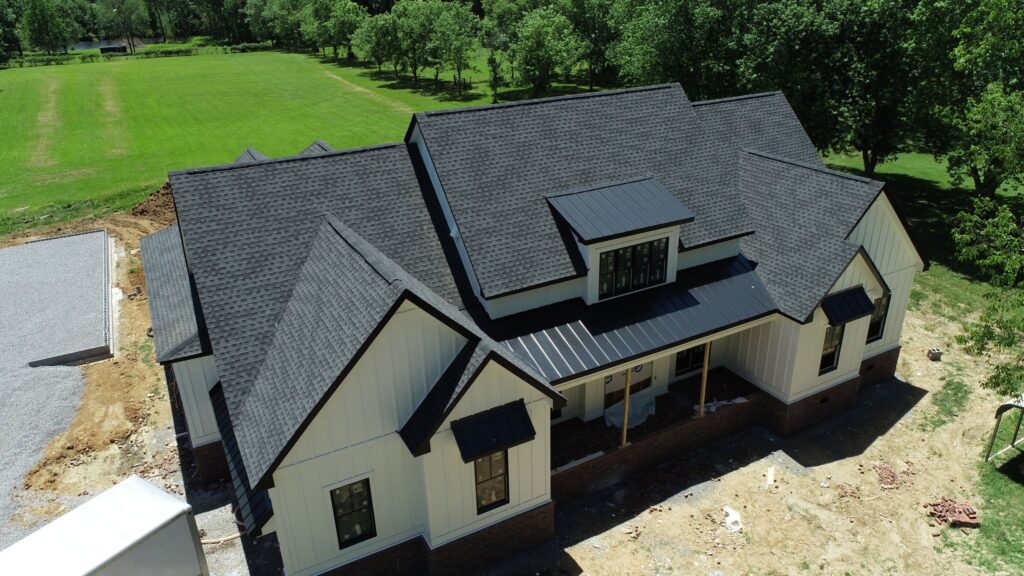
Combination roofs merge two or more styles (e.g., gable + hip, mansard + shed) to create custom designs.
Advantages:
- Highly customizable
- Improves architectural creativity
- Tailored for specific climate and structural needs
2025 Trend:
Combination roofs are especially popular for large custom homes, mixing traditional styles with modern eco-materials.
Key Roofing Trends in 2025
- Sustainability First: Solar shingles, recycled materials, and green roofs are dominating.
- Energy Efficiency: Cool roofs and reflective coatings are reducing heat absorption.
- Smart Roofs: Some roofs now include built-in sensors for leak detection and temperature monitoring.
- Customization: Homeowners prefer personalized roofing styles that blend aesthetics with performance.
Final Thoughts
The roofing styles of 2025 prove that roofs are no longer just protective covers—they’re an integral part of design, sustainability, and smart living. Whether you prefer the timeless charm of gable roofs or the modern sophistication of butterfly and green roofs, there’s a style for every taste and need.
By embracing these trends, homeowners can increase property value, reduce energy costs, and enjoy a home that reflects both personality and practicality.
